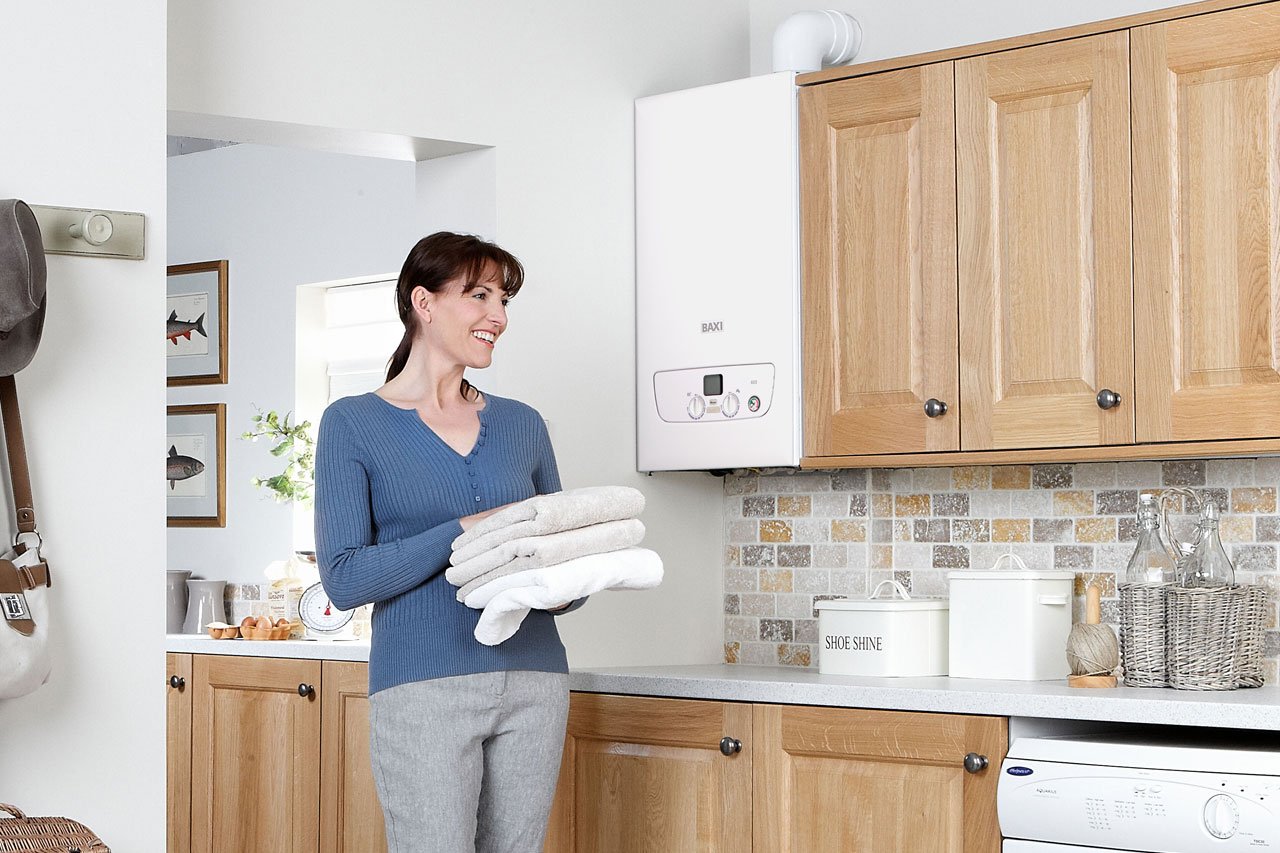How do I know if I've got sludge in my central heating system?
The common signs of sludge in the central heating system are:
- Radiators are hot at the top, but cold at the bottom
- Radiators require bleeding more frequently
- Pipework to the radiators get hot, but the radiators themselves do not
- Some radiators do not heat up to the required temperature, even when the temperature is turned up
- The boiler pump leaks or fails
- When boiler parts are removed or replaced, they are full of dirt
- The water pipe coming out of the boiler (the flow) is hot but the water pipe coming back to the boiler (the return) is lukewarm or cold
- The system is noisy – it gurgles and ‘kettles’ (the term kettling means exactly what it sounds like – your system whistles, pops and bubbles, just like a kettle does when it is boiling)
When your installer carries out your annual boiler service, they should check the water in the system to make sure it is not full of sludge, and that there is the correct level of chemicals in the system to slow down corrosion and prevent wear and tear, which in turn helps to reduce sludge.
What is central heating sludge?
Sludge, or magnetite, to give it its proper name, is a black substance in the central heating pipes made up of dissolved and rusted metal.
Why should I get the water in my central heating system cleaned?
If sludge is allowed to build up, it can result in blocked pipes, inefficient radiators and damaged parts in the boiler.




